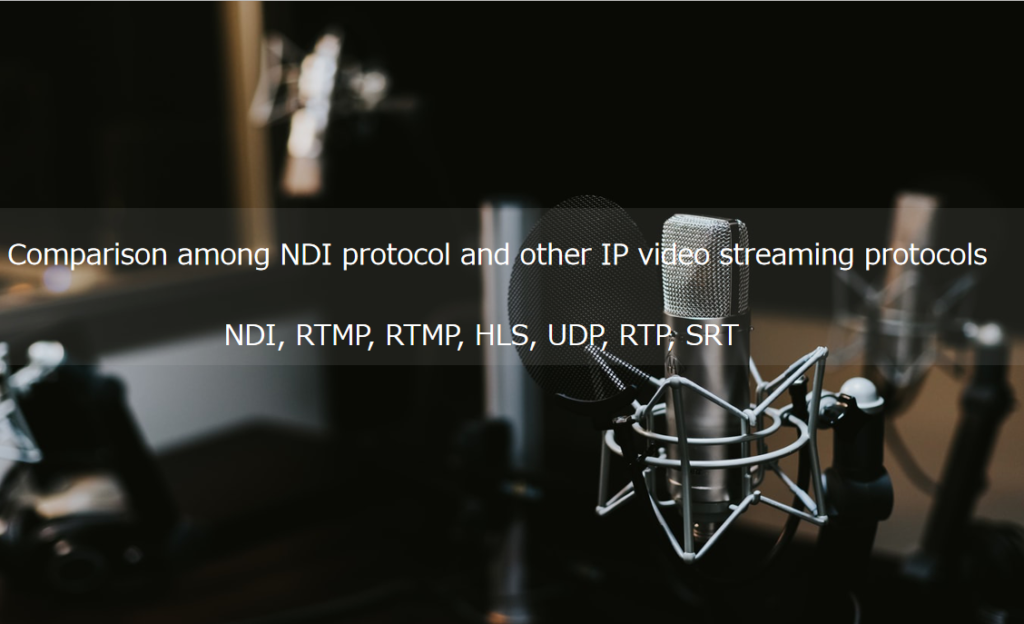
Whether you want to stream live video on your website, do live streaming of sports events, or broadcast professional events and gatherings live, you may consider which protocol to use. Choosing a streaming protocols involves multiple considerations, including an understanding of the pluses and minuses of the streaming protocol used by the technology. This article reviews the basics of video streaming protocols.

Network Device Interface (NDI) is a network device interface protocol introduced by NewTek in 2015, which is a standard protocol for ultra-low latency, lossless transmission, and interactive control over an IP network.
NDI HX is the latest version of NDI which has been enhanced to broaden a whole new world of devices using built-in h.264 compression chips. This will eventually allow more hardware devices to support the NDI standard. The spotlight of NDI HX is the low bandwidth requirements which allow users on simple Gigabit networks the ability to host multiple video streams without tying up to much network traffic.
Real Time Streaming Protocol (RTSP) is a network control protocol designed for use in entertainment and communications systems to control streaming media servers. The protocol is used for establishing and controlling media sessions between end points.
Real-time Messaging Protocol (RTMP) designed for use in entertainment and communications systems to control streaming media servers. The protocol is used for establishing and controlling media sessions between end points.
HTTP Live Streaming protocol (HLS) is an HTTP-based adaptive bitrate streaming communications protocol implemented by Apple Inc. as part of its QuickTime, Safari, OS X, and iOS software. Client implementations are also available in Microsoft Edge, Firefox and some versions of Google Chrome. Support is widespread in streaming media servers.
User Datagram Protocol (UDP) is an alternative communications protocol to Transmission Control Protocol (TCP) used primarily for establishing low-latency and loss-tolerating connections between applications on the internet.
Real-time Transport Protocol (RTP) is a network protocol for delivering audio and video over IP networks. RTP is used in communication and entertainment systems that involve streaming media, such as telephony, video teleconference applications including WebRTC, television services and web-based push-to-talk features.
Secure Reliable Transport (SRT) is an Internet transport protocol initiated by the SRT Alliance jointly created by Haivision and Wowza. It is an open source, free and flexible application specification. Its performance is as good as a proprietary protocol and can be used between different products.










